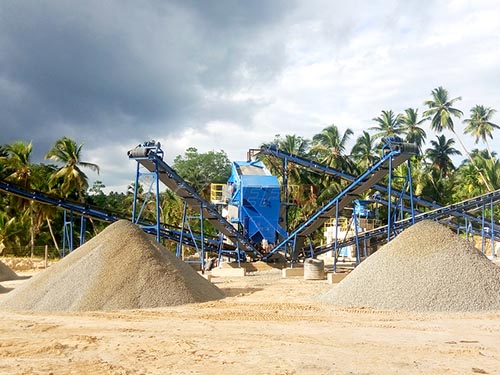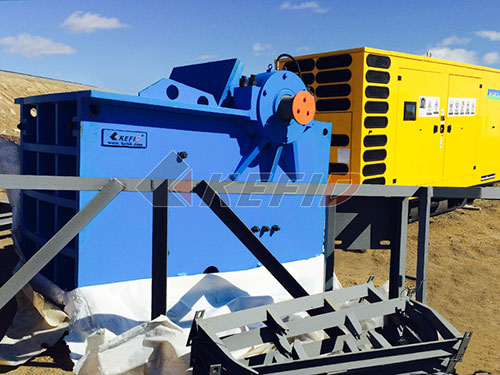Mastering Your Machine: A Practical Guide to the Bone Crusher Model 750 Manual
The Bone Crusher Model 750 stands as a robust solution for demanding applications requiring efficient bone reduction in rendering plants, pet food production facilities, or specialized waste processing operations. Its power and durability are undeniable assets, but unlocking its full potential hinges critically on one essential resource: the Bone Crusher Model 750 Operator’s Manual. This document is far more than just paperwork; it’s your indispensable roadmap for safe operation, optimal performance, and long-term equipment health.
Beyond Basic Instructions: The Manual’s Core Value
While providing step-by-step startup and shutdown procedures is fundamental, the true value of the Model 750 manual lies deeper:
1. Safety First & Foremost: This is paramount. The manual details critical safety protocols specific to this powerful machine:
Lockout/Tagout (LOTO) Procedures: Precise instructions for safely isolating energy sources (electrical, hydraulic) before any maintenance or clearing jams.
Personal Protective Equipment (PPE) Requirements: Mandating hard hats, safety glasses/goggles, hearing protection, cut-resistant gloves, and steel-toed boots.
Machine Guarding: Emphasizing the importance of keeping all guards securely in place during operation and explaining their function.
Clear Hazard Warnings: Explicit identification of pinch points, crush zones, flying debris risks, electrical hazards associated with high-voltage components (if applicable), and noise exposure levels.

Emergency Stop Procedures: Location(s) of E-stop buttons and immediate response actions.
2. Precision Operation for Peak Performance: Understanding how to operate the machine correctly ensures efficiency and product consistency:
Startup & Shutdown Sequences: Correct sequences prevent undue stress on motors, bearings, and cutting components.

Material Feed Guidelines: Optimal feed rates and techniques to prevent overloading or uneven wear on hammers/screens/cutters.
Adjustment Procedures: Clear instructions for adjusting critical parameters like screen size/gap settings (if applicable), cutter clearances (if applicable), or feed mechanisms to achieve desired particle size output.
Optimal Loading Practices: Techniques to maximize throughput while avoiding blockages or motor overloads.
3. Proactive Maintenance: Extending Equipment Life: Neglecting maintenance is costly. The manual provides a structured plan:
Lubrication Schedules & Points: Detailed

Leave a Reply